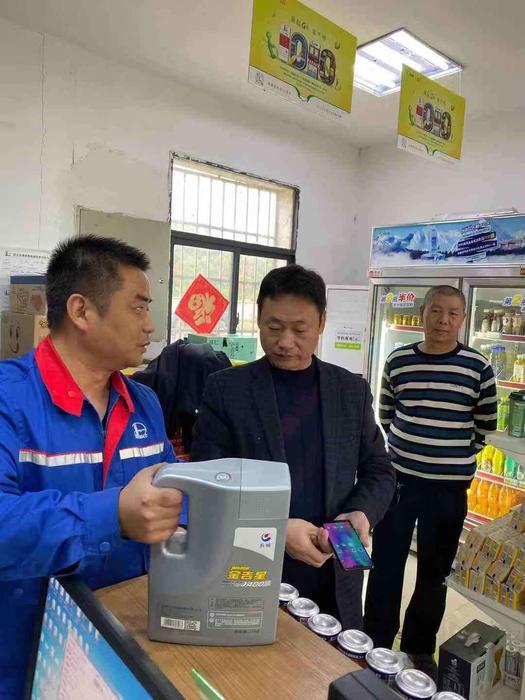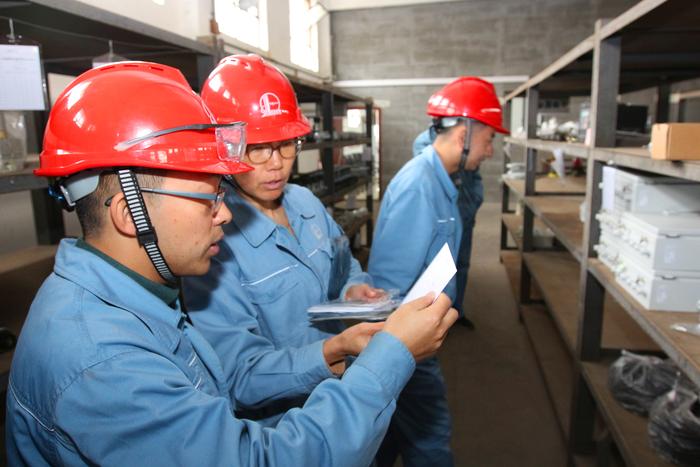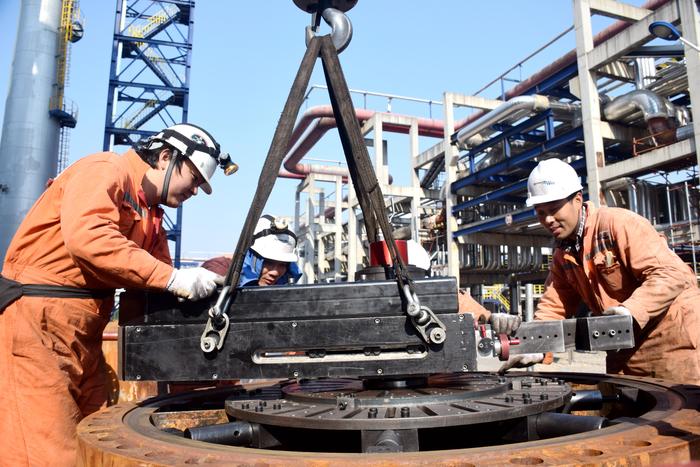|
| 2019-12-10 来源: 中国石化新闻网 |
| 石化新闻 |
中国石化新闻网讯 据世界能源新闻12月8日消息称,据雷斯塔能源称,挪威已经采取了几项措施来减少上游排放,其中包括海上平台电气化、减少燃烧量、安装碳捕获和储存系统(CCS)以及其他节能措施来减少上游排放。 它说,自1996年Troll East (A)投产以来,海上到海上平台的电力供应已经开始,Johan Sverdrup油田是2019年最新加入的项目。 在Johan Sverdrup第二阶段开发期间,其基础设施还将为位于Utsira High和Sleipner地区的其他开发项目提供电力。 事实上,在2018年5月,挪威石油生产商Equinor(前身为Statoil(STO)),开始铺设电缆,为巨型Johan Sverdrup油田提供陆上电力。 计划于2020年启动的Martin Linge和Snohvit第二阶段(Askeladd)也将从岸上获得电力。 Hywind Tampen是世界上最大的批准建设的海上风力发电站(88MW),将海上电气化提升到一个新水平。 挪威海上电气化平台的石油和天然气产量从2005年的10%增长到2018年的30%左右。 雷斯塔能源预测,到2025年,这一数字将增长到40%左右,从而降低二氧化碳排放。 曹海斌 摘译自 世界能源新闻 原文如下: Electrifying Norway's Offshore Production According to Rystad Energy, Norway has taken several steps to reduce its upstream emissions through electrifying offshore platforms, reducing flaring volumes, installing carbon capture and storage (CCS), and other energy efficiency measures. It said that power from shore to offshore platforms already started in 1996 when Troll East (A) came on-stream, with the Johan Sverdrup field as the latest addition in 2019. The latter infrastructure will also supply power to other developments located on the Utsira High and Sleipner area during the Johan Sverdrup Phase II development. In fact, in May 2018, Norwegian oil producer Equinor, formerly known as Statoil (STO), began laying a cable that will supply onshore power to the gigantic Johan Sverdrup field. Martin Linge and Snohvit Phase 2 (Askeladd), both with planned start-up in 2020, will also get power from shore. Hywind Tampen, the world largest sanctioned floating wind park (88MW), takes offshore electrification to the next level. From around 10% in 2005, the Norwegian oil and gas production from electrified offshore platforms have increased to around 30% in 2018. Rystad Energy forecast that the number will grow to around 40% by 2025, driving down CO2 emissions. |








